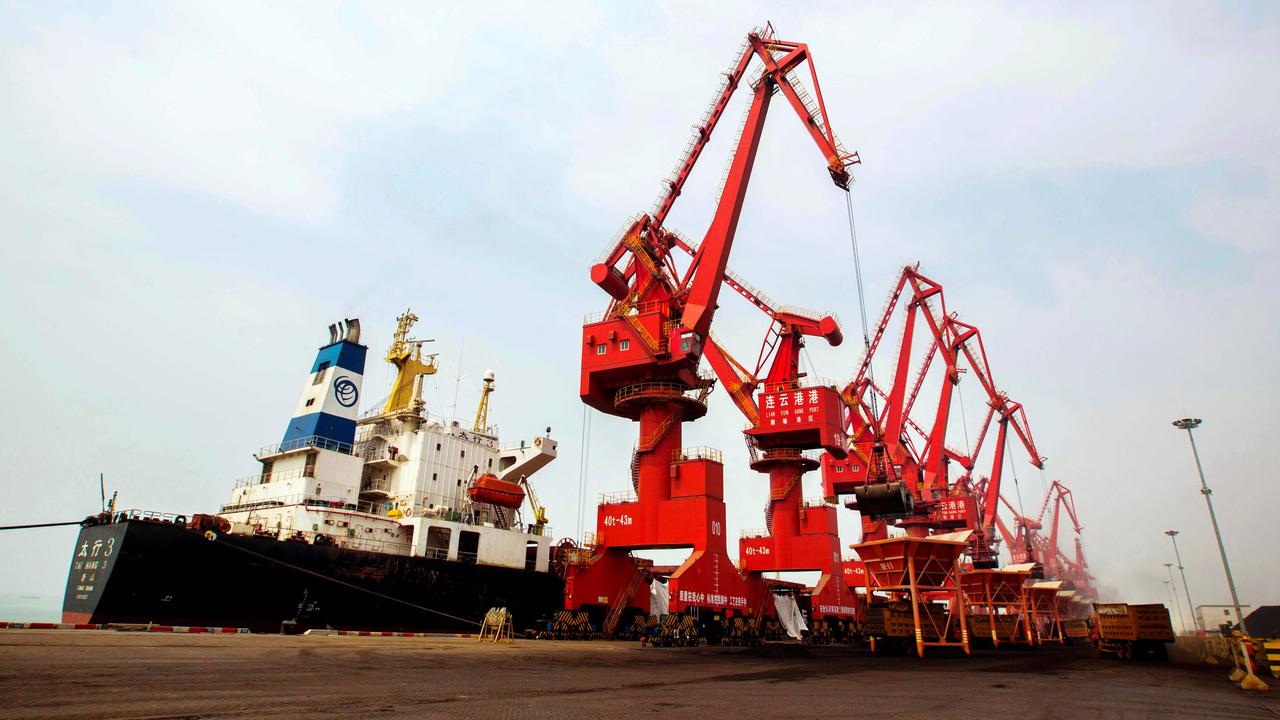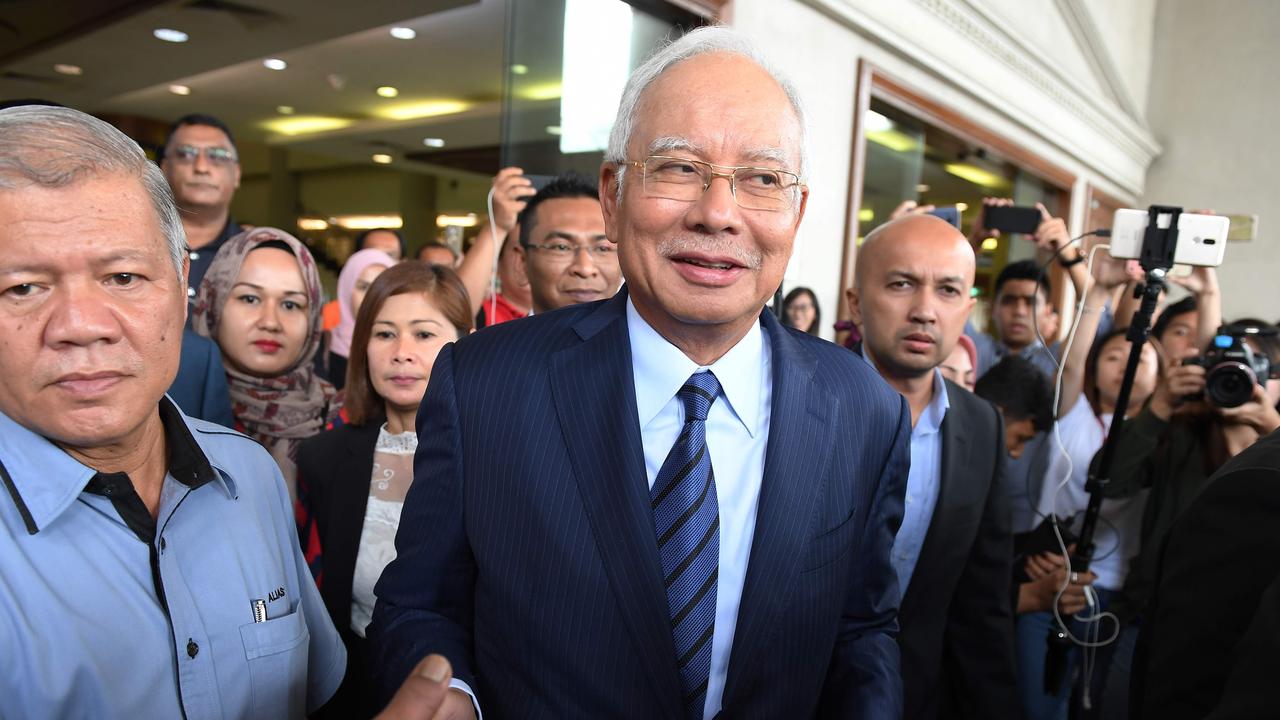Why Taiwan matters to Australia
The two economies complement each other even as they compete and it’s worth pursuing a free-trade deal with this Asian nation.
Who can name an earthquake-prone, mountainous island democracy in the Pacific with a woman leader, green-tinged politics that adopted same-sex marriage before Australia, and has a substantial indigenous population whose languages share much with Maori?
It is Taiwan, which celebrated its National Day yesterday in a mood, at the top, of modest anxiety given world trends that are also worrying Australia’s strategic thinkers. Taiwan might resemble New Zealand in surprising ways — Taiwan’s geology is a mirror-image on the other side of the Equator — but its population is almost the same as Australia’s.
As we gauge the impact of a deepening trade war between the US and China — whose scale will become clearer following the November 6 midterm elections — we are not alone in our region, which is so enmeshed economically with both China and the US, in looking around to see how we might mitigate its impact.
It makes sense to consider options for growth in trade and investment, and in services. Southeast Asia has much to offer in this way, and so does Taiwan, which is pursuing its own diversification program, the New Southbound Policy, since it is most exposed to a US-China breakdown. Forty per cent of Taiwan’s exports — well above even Australia’s 33 per cent — go to China, and it has invested massively more there — more than $100 billion.
At the same time, Taiwan, again far more than Australia, depends on the US for its defence.
Australia’s economic and people-to-people links with Taiwan have been growing steadily over the last year, but there’s plenty of room for ramping them up.
Taiwan’s population produced an average $37,000 per person last year, placing it in the comfortably middle-class bracket. In context, this is about 25 per cent of the number of people in mainland China earning such a figure — thus many fewer of course, but not to be sneezed at in comparison.
Last year Australia’s exports to Taiwan grew 17 per cent, compared with 22 per cent to China. But that pushed Taiwan up to our eighth export target in goods, with $9 billion sales — led by coal, followed by iron ore and copper.
But new areas are opening up, led by gas. The first shipment is now en route under a long-term contract with state-owned petrochemicals giant CPC, following a few sales on the spot market.
Taipower, the state energy corporation, has been licensed to become a second importer, and is planning to build a liquefied natural gas reception plant. Despite its predilection for nuclear energy, Taiwan’s four nuclear plants are destined for closure by 2025.
Taiwan wants to obtain, by then, half of its energy from gas. It is also boosting its renewables, with Macquarie — a major operator in the island, planning to invest $1bn there in wind alone — winning the tenders for the first two major offshore farms. Solar will follow, also ambitiously.
About 22,000 young Taiwanese are visiting Australia under the international program through which they can work and then gain a tourist visa to travel around for a couple of years. Learning English is a big attraction, and so are the wages they can earn on Australian farms and cafes as Taiwan’s salaries continue to stagnate — a perennial reason for the turnover of governments, although they have still only had two presidents in the last decade compared with our six prime ministerial changes.
There are 18,000 Taiwanese students in Australia, a high number for its population. Our tertiary sector is now the second favourite among Taiwanese after the US.
About 200,000 tourists are coming annually from Taiwan, again a comparatively large group.
Tourism has been boosted by Canberra signing a near-open-skies deal under which planes going both ways can fly on to other destinations. The number of direct flights has risen rapidly to about 35 weekly. Taiwan banks are following their customers into Australia, with Taishin Bank opening in Brisbane and Bank of Taiwan in Sydney — while ANZ is a big investor in Taiwan.
Agriculture holds out the prospect of especially rapid growth if market access and tariff issues can be overcome. Taiwan’s agricultural tariffs average 15.7 per cent.
This is one of the drivers that must encourage Canberra to start negotiating a free-trade agreement, which would follow years after NZ concluded its Taiwan deal — just as we trailed NZ’s deal with China. No wonder NZ butter is everywhere there.
One of the advantages for farmers is that through counter-seasonality they complement each other as much as directly competing. Thus a Taiwan research institute is assessing whether favourite Taiwanese strains of lychees — which have a truncated production season — can be grown in Queensland, in which case they could be shipped up to maintain sales even during Taiwan’s mild winters.
The Art Gallery of NSW will stage next year an exhibition of treasures from the National Palace Museum in Taipei, which contains many of the greatest works from the collections of the Chinese emperors. And Sydney Dance Company is to be a star performer at the imminent launch of the new national arts centre in the great southern city of Kaohsiung.
Taiwan has become, like Australia, chiefly a services economy, comprising 60 per cent compared with Australia’s 70 per cent. Taiwan, ranked 15th of 190 countries assessed, was placed immediately after Australia in the World Bank’s latest Ease of Doing Business index this year.
And of course Taiwan’s biggest sector remains its hi-tech, typically a fast mover when not a first mover. Its latest product: a drone the pocket-size of a smartphone that takes photos and videos, the ultimate selfies.
Giant Taiwanese manufacturer Foxconn is the assembler of Apple products, in China.
Such businesses must be hoping that after the US midterms the trade war will fade away. But this seems unlikely. Alternatives are surely being quietly canvassed, however reluctantly. Canberra and Australian corporations must be watching closely, and pondering how to turn threats into opportunities.




To join the conversation, please log in. Don't have an account? Register
Join the conversation, you are commenting as Logout